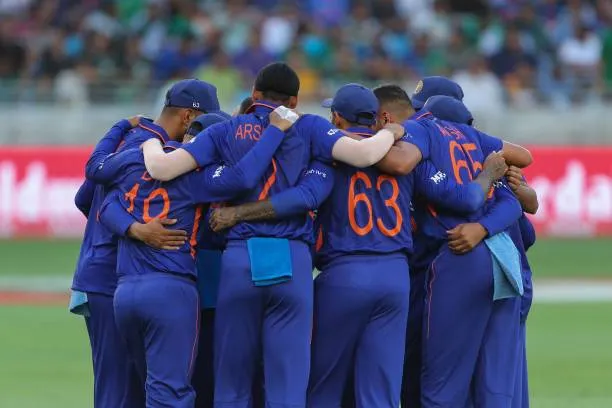
As the 2025 Asia Cup approaches, India finds itself not only preparing for high-stakes regional competition but also eyeing direct qualification for cricket at the 2028 Los Angeles Olympic Games. With both events hinging heavily on the team’s T20 performances and ICC rankings, the coming months represent a pivotal period for Indian cricket.
Set to take place from September 5 to 21 in the UAE, the 2025 Asia Cup will once again feature the T20 format, aligning closely with the T20 World Cup cycle and Olympic qualification pathways. India, Pakistan, Sri Lanka, Bangladesh, and Afghanistan will be joined by three qualifiers—UAE, Oman, and Hong Kong—in what promises to be a fiercely competitive tournament.
The build-up is dominated by the anticipation of another potential India-Pakistan clash, with both sides intensifying their preparations. India enters the tournament as defending champions, and their squad is expected to combine seasoned IPL performers with emerging international talents. The team is also using the Asia Cup as a strategic platform to test combinations and sharpen skills in conditions similar to global T20 events. With pitches in the UAE generally aiding both spinners and power-hitters, selections are likely to reflect balance and depth across departments.
However, beyond regional glory, the Asia Cup holds deeper significance. Performance in the tournament will directly influence India’s position in the ICC T20I rankings—a crucial factor in determining Olympic qualification. Cricket will make its return to the Olympic stage after 128 years in 2028, with the sport being played in the T20 format at a specially constructed venue in Los Angeles.
The qualification format for the Olympics allows only one men’s team from each region to qualify directly based on ICC rankings as of a designated cut-off date. For Asia, this means that only one team—likely either India or Pakistan—will receive automatic qualification. The remaining five spots will be filled by the host nation (USA), and the highest-ranked teams from the other four regions (Africa, Europe, Oceania, Americas), with any remaining slots to be contested through a final global qualifier.
India currently sits atop the T20I rankings among Asian nations and is in pole position to clinch direct Olympic entry. However, the margin is narrow, and any slip-ups—especially in the Asia Cup or upcoming bilateral series—could allow competitors like Pakistan or Sri Lanka to overtake them. In such a scenario, India would be forced into a last-chance qualifying tournament, where even one bad game could end Olympic hopes.
With this context, the Asia Cup becomes more than a regional rivalry—it becomes a gateway to global competition. Team India’s management is well aware of the stakes, and squad selection, player rotation, and workload management will be aligned with preserving both form and fitness.
The road to LA 2028 runs directly through the Asia Cup, the T20 World Cup, and a string of bilateral clashes. For India, the challenge is clear: dominate Asia, maintain supremacy in the rankings, and book a ticket to the Olympic Games—without having to look over their shoulder.

